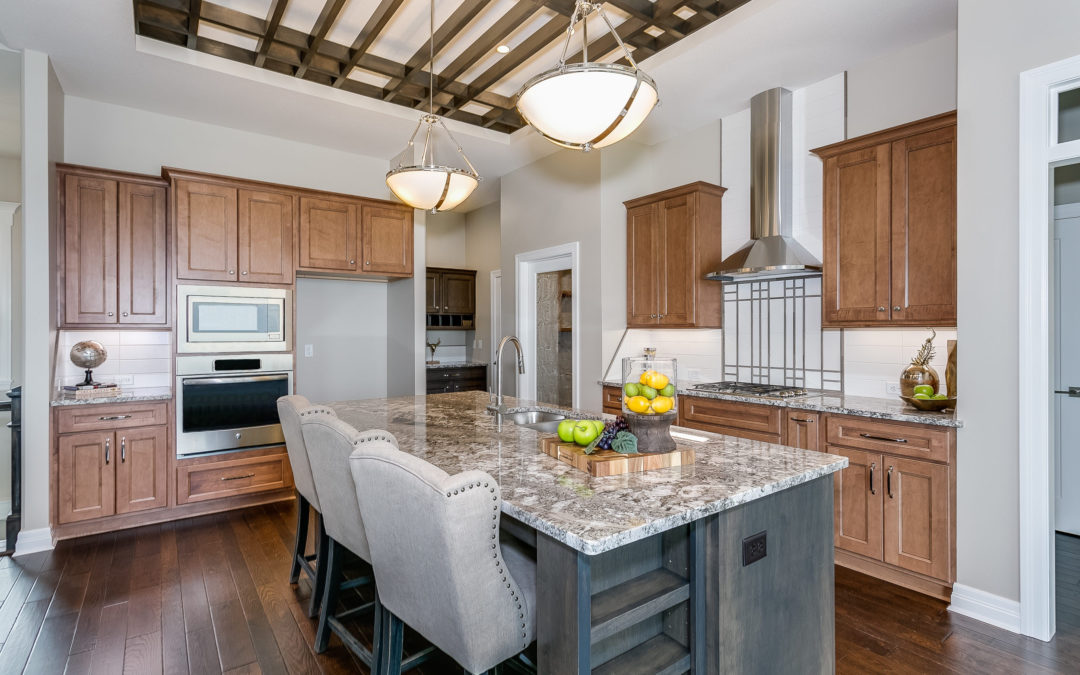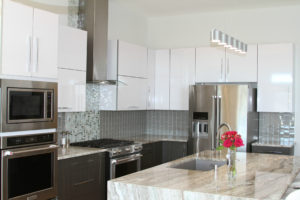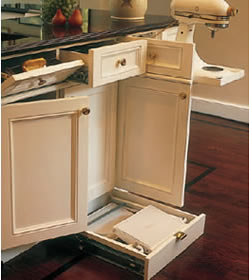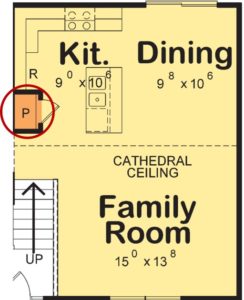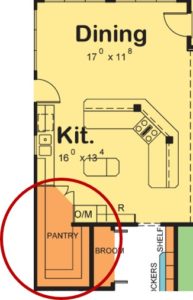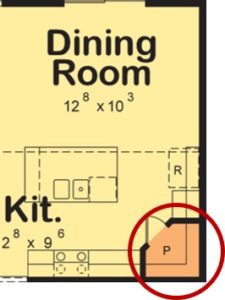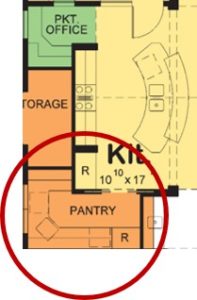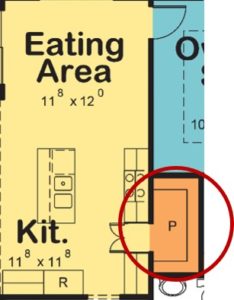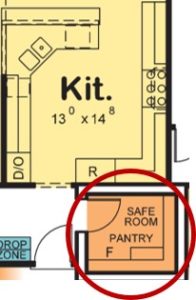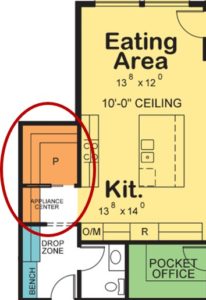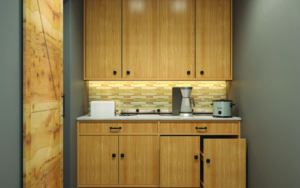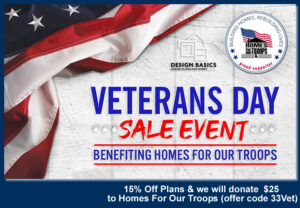Closets (bedrooms, coats, linen, pantry) in the new Shelton Farm plan (top right) provide 34% more storage space than in the older Rosebury plan (top left).
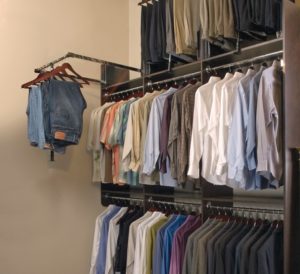
Triple clothes rods that clex up and down for ease of access. Photo courtesy of Tailored Living
Sometimes lineal feet of hanging (the closet’s interior perimeter for clothes rods/shelves) is used to measure closet storage. The Rosebury’s owner’s bedroom closet offers 16 lineal feet of hanging, not a whole lot less than the 18-feet 6-inches lineal feet of hanging in the Shelton Farm. But the Rosebury’s owner’s bedroom closet is very tight, particularly with its modest 24-inch wide door swung open. The more comfortable 32-inch pocket door accessing the Shelton Farm’s owner’s suite closet solves that door swing issue and allows for dressing within the closet. To maximize storage, two clothes rods and shelves (upper and lower) can be installed for shorter hanging articles like shirts and pants, with a smaller space dedicated to a single rod and shelf for long-hanging items such as gowns and dresses. Additionally, the Shelton Farm’s 9-foot high ceiling offers the potential of triple clothes rods and shelves; not advised with the Rosebury’s shorter 8-foot ceilings. As a rule of thumb, look for walk-in closets that are at least seven feet wide, in order to provide two feet of hanging on either side and a three-foot walkway in between.
Closet organization can be tailored to your preferences. Shelving and accessories to the rescue! Since many items in your closet don’t hang, shelves provide organized storage for lay-flat items such as sweaters, boxes, and baskets. Shoe cubbies/racks or shelves can keep your footwear paired up and off the floor making quick work of vacuuming up closet dust bunnies. Free-standing or built-in dressers within walk-in closets keep everything you need, from underwear to socks, handy. Some closet systems make it easy to adjust the height of rods and shelves, so you can quickly re-configure your closet as needs change. And specialized hangers can help corral accessories such as belts, ties, scarves, and purses.
Glass shelves can be beautiful, but you will typically choose between solid wood or wire shelving, both of which have advantages. Small items can sometimes slip through wire shelving, and you may not want to lay sweaters on wire shelves due to the resultant creases. But solid shelving blocks air movement. Wire shelving allows the naturally occurring air currents within your home to move about freely between your clothes, keeping them fresher, longer. If you choose wire shelving, be sure to look for products that allow clothes hangers to slide freely, rather than the annoying systems that may provide only a few inches of travel for your hangers between stops.
To make quick work of finding what you’re looking for, some people choose to organize clothes by casual vs. work, or by color. Either way, good lighting within your closet will make a big difference in easily identifying what you want. In addition to ceiling light fixtures, you may want to consider lighted shelving or lighted clothes rods. Whenever practical, cheery natural light is welcome, especially for discerning colors.
Depending on your elevation styling, a window in the closet will complement the home’s exterior. If your closet has room for a window seat, that’s a trifecta: sunlight, a seat for dressing, and storage under the seat for shoes, etc. Note also in this plan (Durango - #50020) the handy mirror positioned opposite that seat and convenient connection to the laundry area, making both quick work of hanging clothes up out of the dryer as well as providing a quiet exit if you’re catching an early flight and your spouse is still sleeping.
Often overlooked is the convenience of electrical outlets in your walk-in closet. It could be for ironing or something in your closet that needs to be charged/plugged in. Other amenities, typically found in larger closets, include fold-out ironing boards, island storage, and/or seating. Recently, we’ve started getting requests for a makeup space in the closet, too. Also, mirrors in your closet reflect light making your closet brighter, in addition to helping you see how everything looks. If you’ve already dedicated every square inch of wall space to storage, consider adding a mirror on the back side of the closet door.
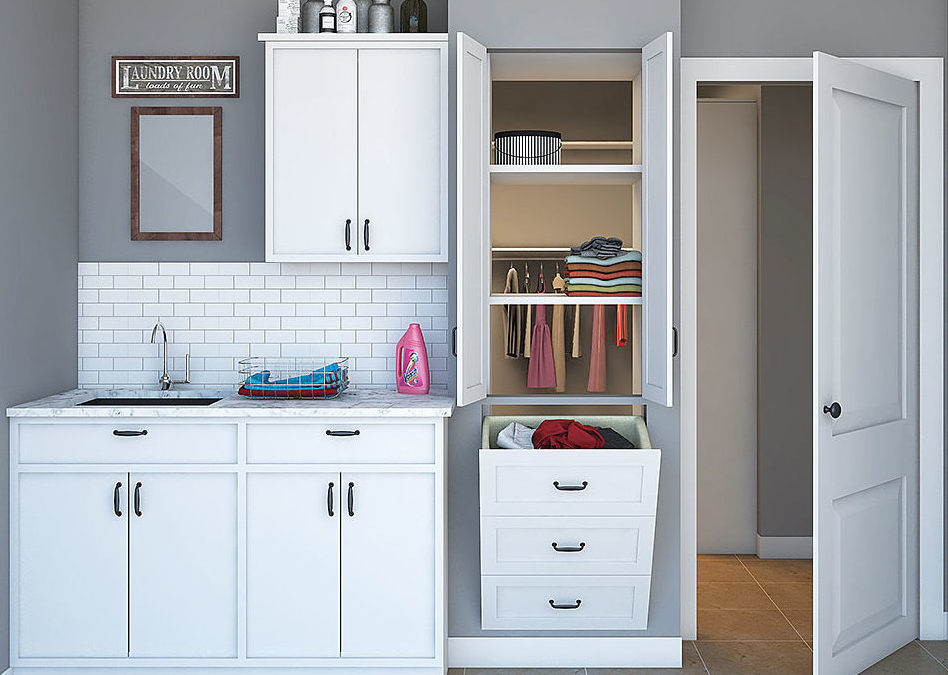

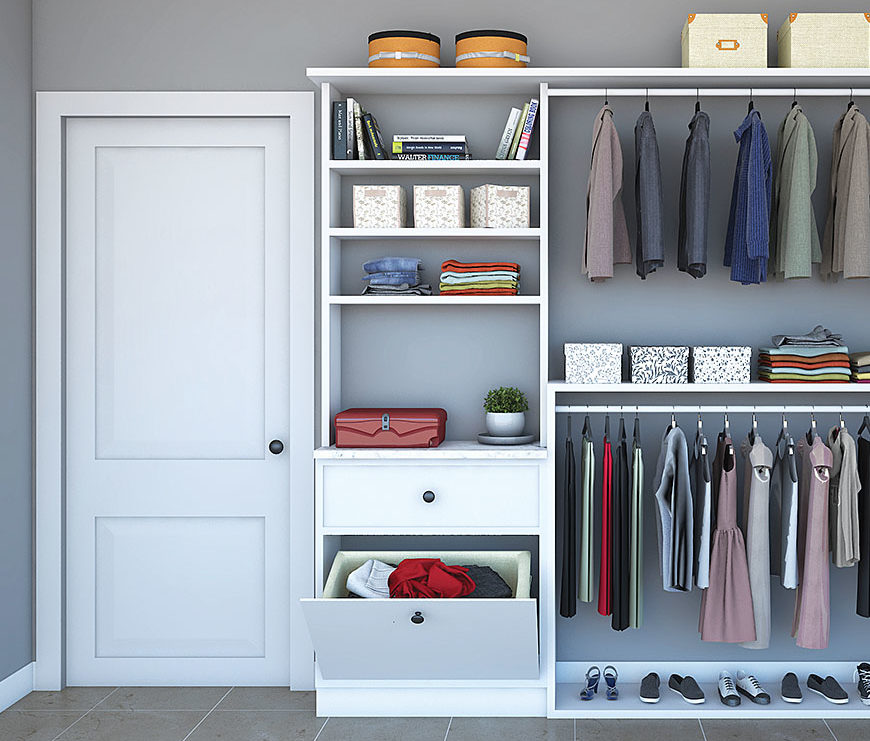
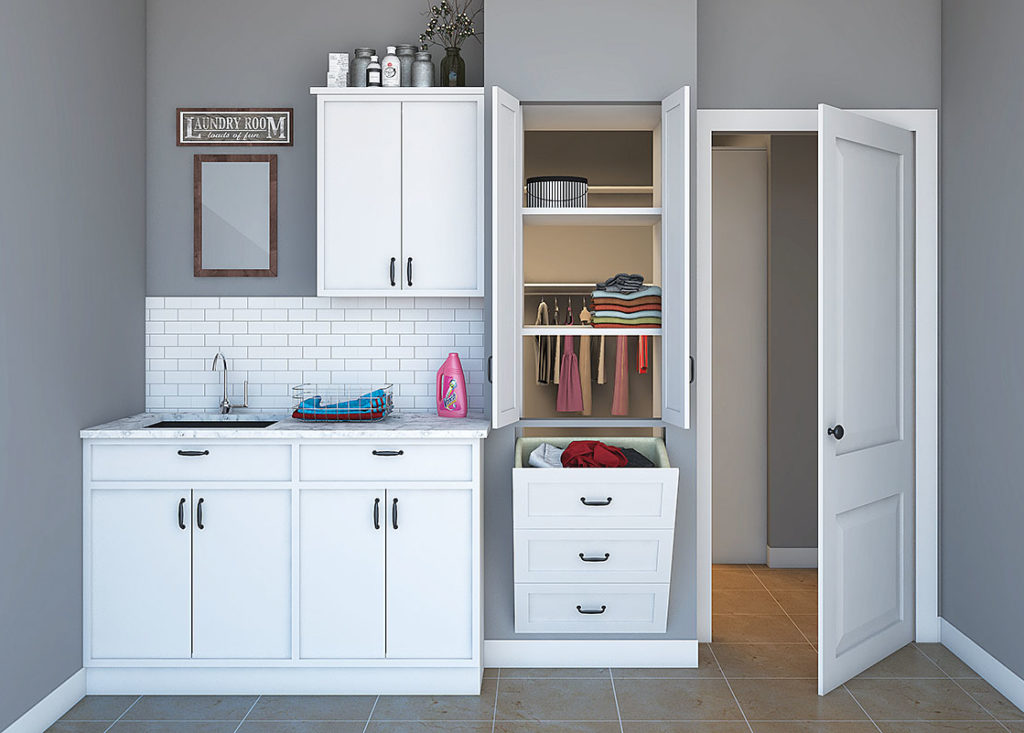
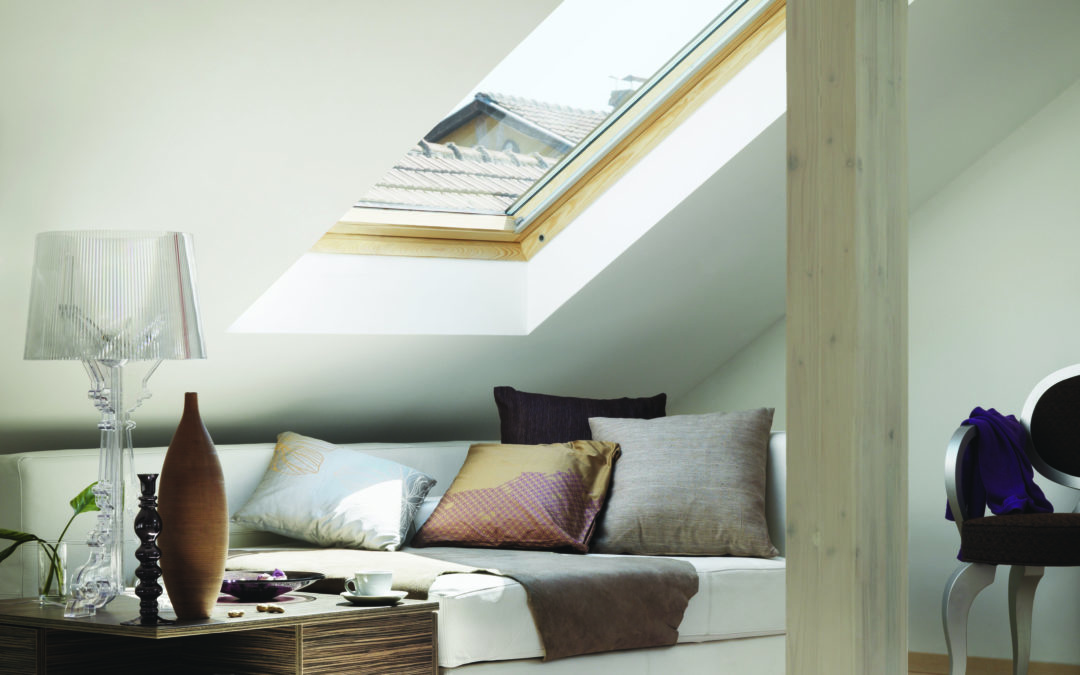
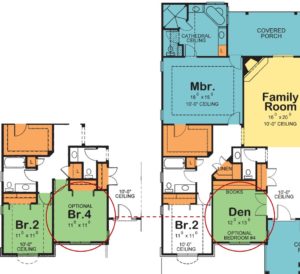
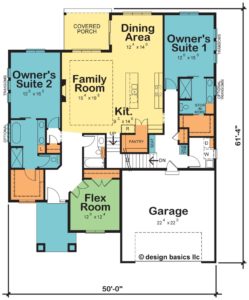
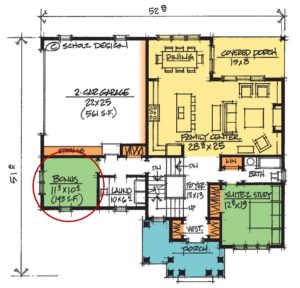
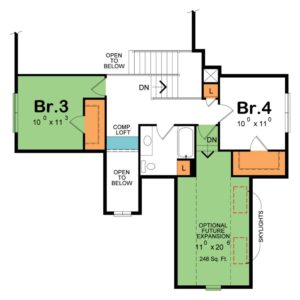
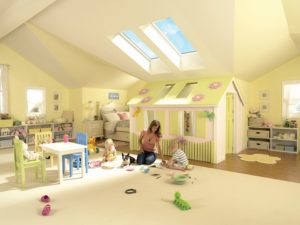
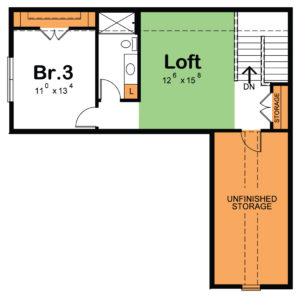
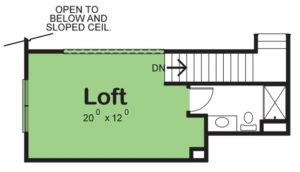
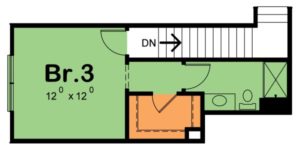
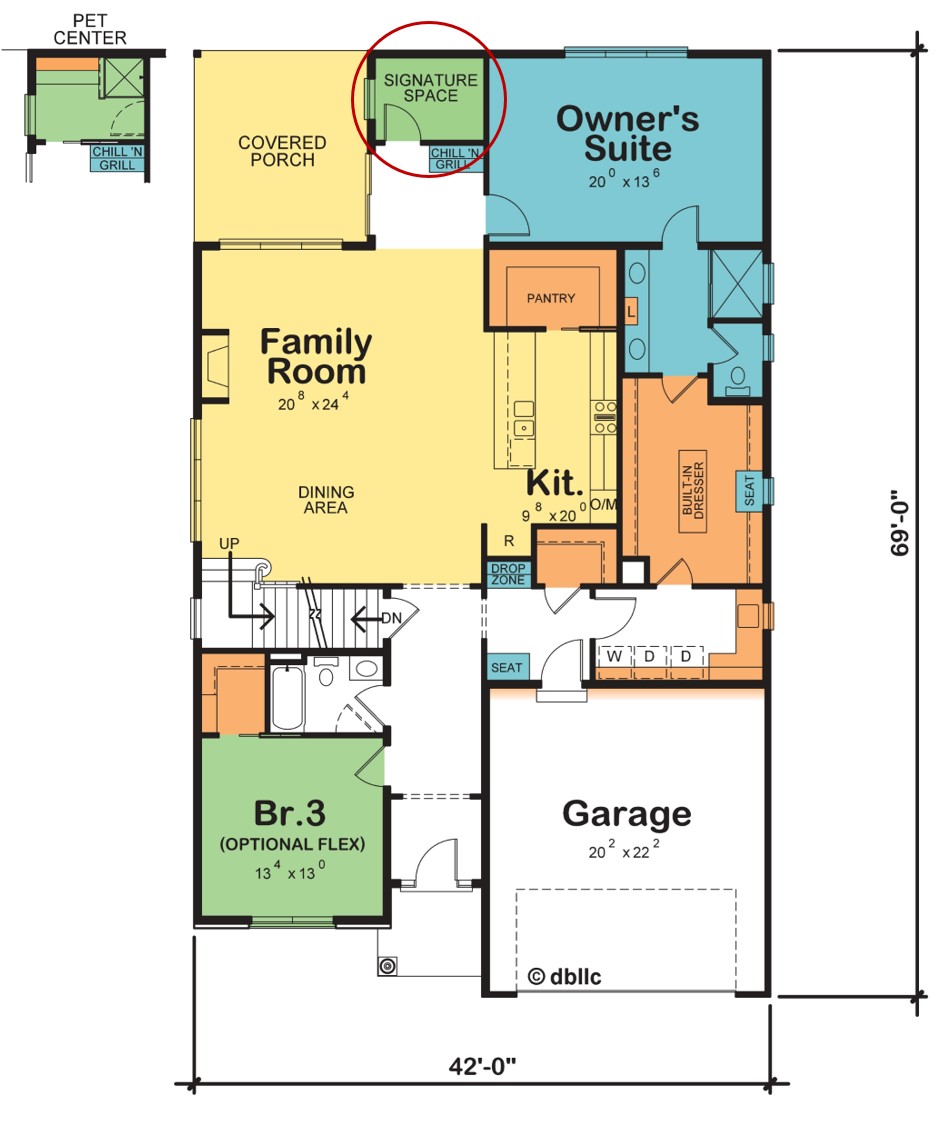
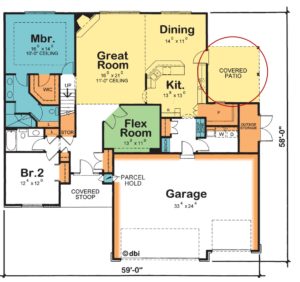
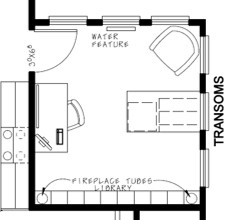
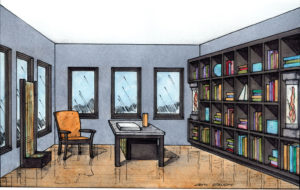
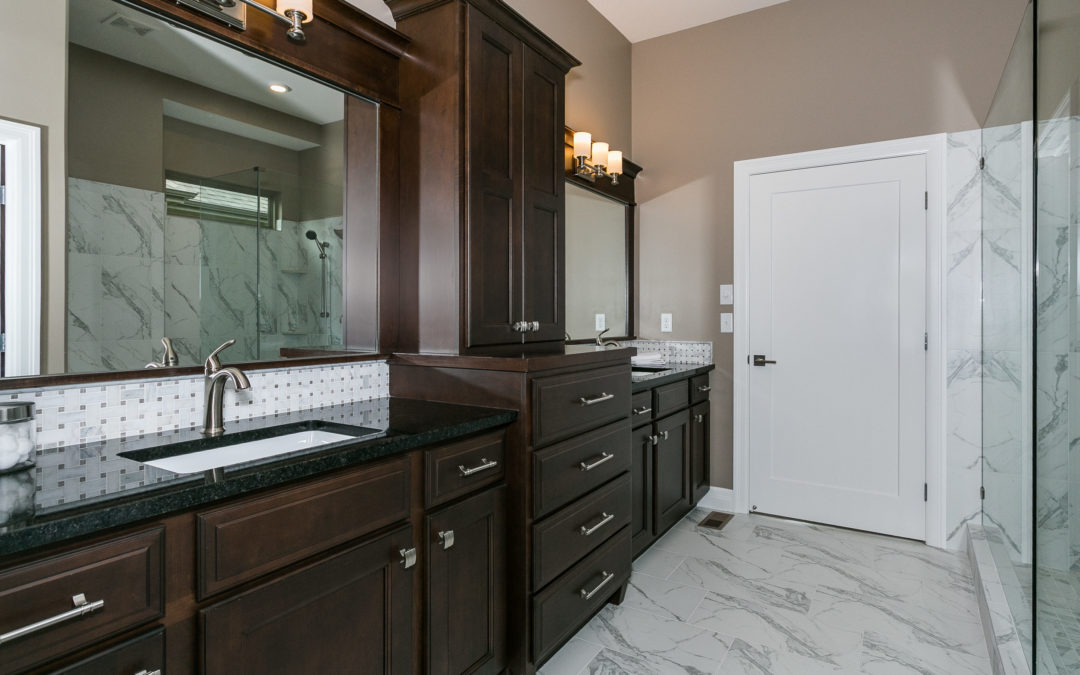
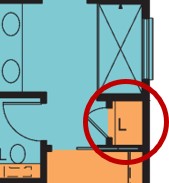
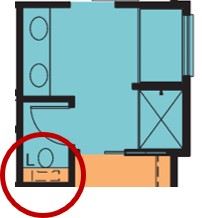
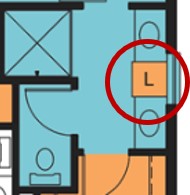
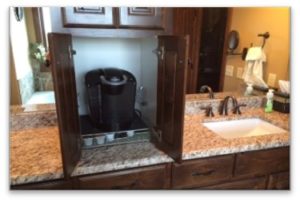
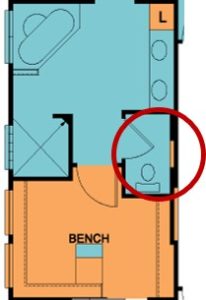
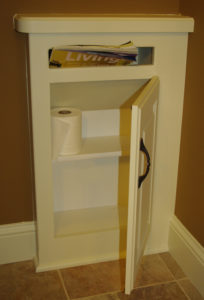
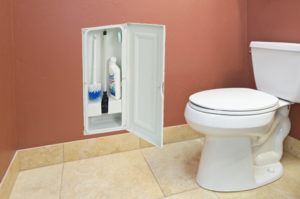
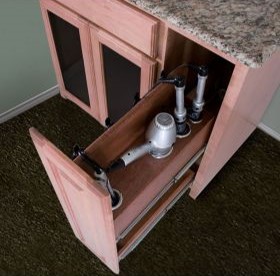
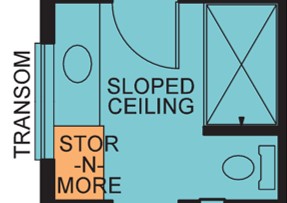
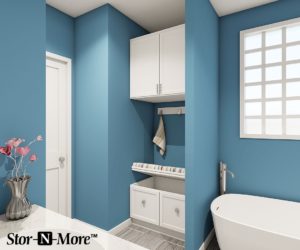

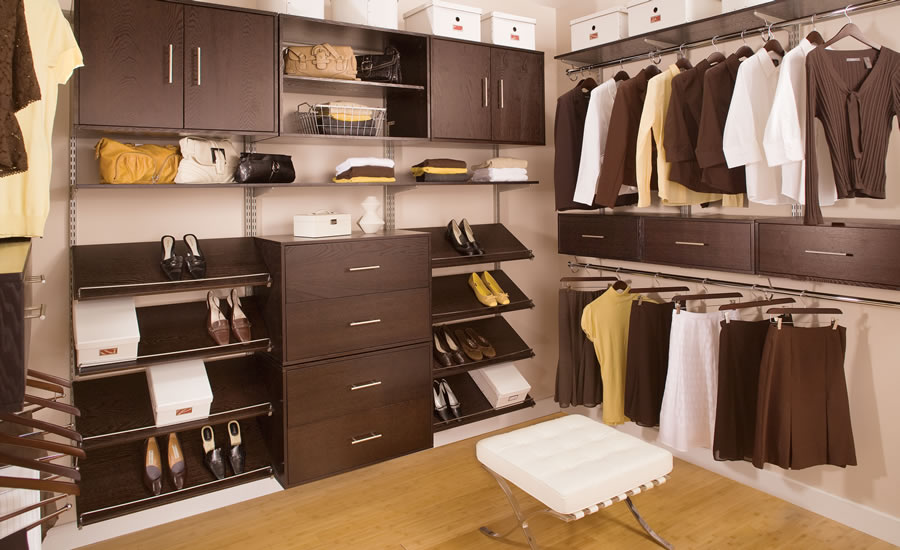
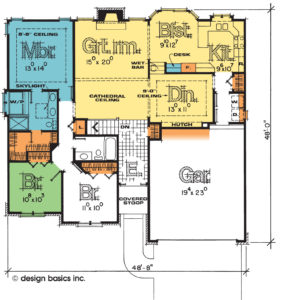
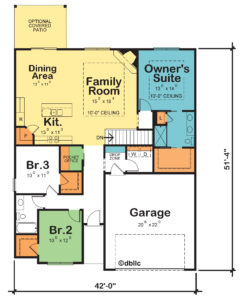

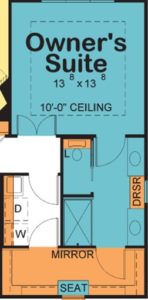
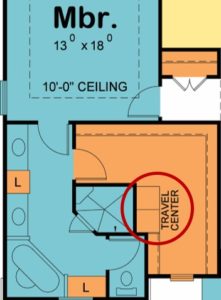
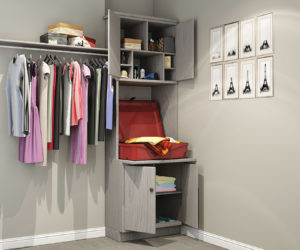
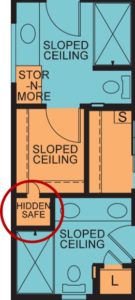
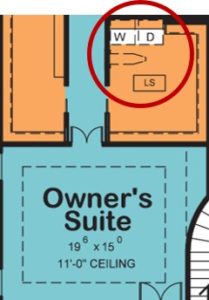
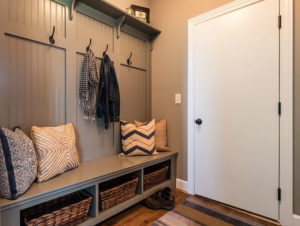 More regionally specific is the desirability of coat closets, as half of Americans live in cooler climates. But even in “must-have” northern areas, coat closets have fallen out of favor vis-à-vis benches topped with coat hooks or a cubbies and lockers solution in the rear foyer coming in from the garage.
More regionally specific is the desirability of coat closets, as half of Americans live in cooler climates. But even in “must-have” northern areas, coat closets have fallen out of favor vis-à-vis benches topped with coat hooks or a cubbies and lockers solution in the rear foyer coming in from the garage.